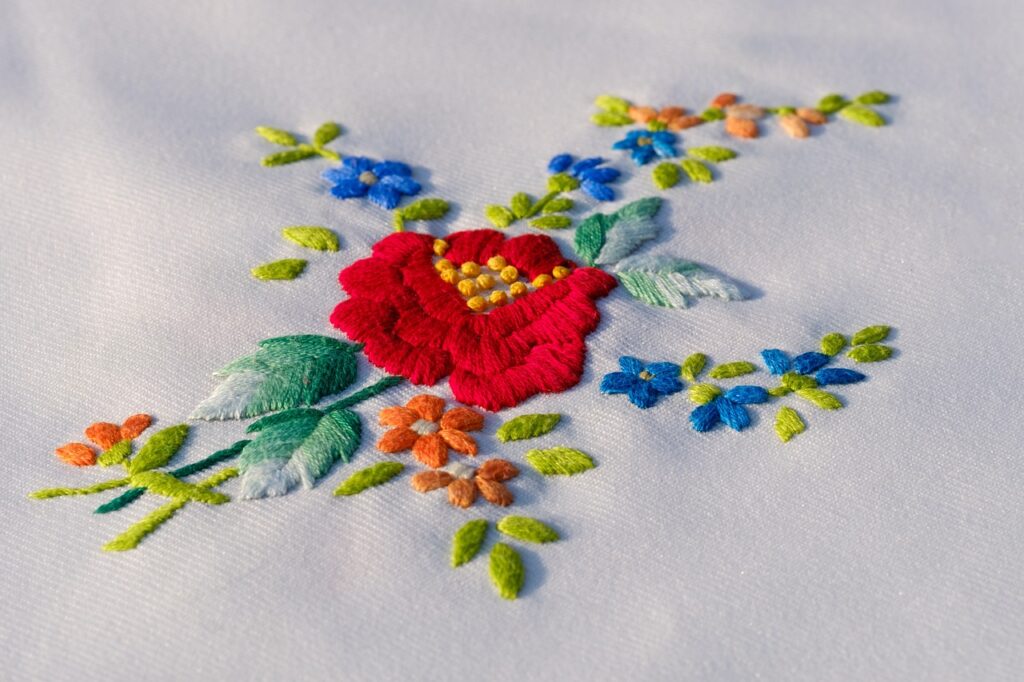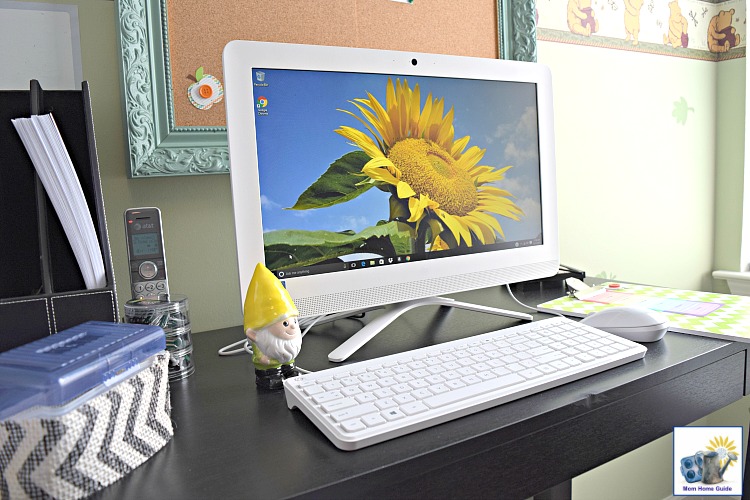
It takes a bit of imagination and a spark of inspiration to turn a hobby into a home-based business. If you enjoy embroidery and are currently looking for ways to make some side money, why not give it a shot?
Whether it’s monogrammed towels or bespoke apparel, starting an embroidery business from home is not that difficult. In today’s article, we’ll unravel the essentials, from setting up shop and sourcing materials to crafting designs that capture hearts.
Let’s stitch together the blueprint for your entrepreneurial embroidery adventure!
Lay the Foundation

Even though it’s a home-based business, you still have to set a solid foundation. First, you must meet legal and financial requirements by registering your business, obtaining necessary licenses, and understanding tax obligations and deductions.
Next, establish your brand’s identity. Select a business name that resonates with potential customers and aligns with your brand’s core. You should also design a logo that personifies your brand and is easy to remember and recognize.
Finally, draft a concise business plan where you outline clear goals and strategies. Your business plan must include key information, such as who you’re selling to, what you’ll offer, and how you’ll rise above the competition. Consider this less as paperwork and more as plotting coordinates for your entrepreneurial expedition.
Source Embroidery Supplies and Partnerships
Before you can start operations for your home-based embroidery business, you need the right supplies.
Here’s a list of several must-have items and resources:
- Embroidery machine – Depending on your budget, choose between single- or multi-needle options.
- Stabilizers – Essential for keeping fabric in place during the embroidery process.
- Threads – A variety of colors and types (like polyester or rayon) will be necessary to cater to different design needs.
- Needles – Different types and sizes are needed for various fabrics and thread weights.
- Hoops – These are used to hold the fabric tight while it’s being embroidered.
- Scissors and snips – For trimming threads and fabrics with precision.
- Software – For digitizing designs, which can then be fed into the embroidery machine.
- Fabrics or items for embroidery – You could start with anything from cloth to hats, jackets, or bags ready for embellishment.
If you run the numbers, you’ll notice that you need quite a hefty investment just to get the business off the ground. While you can look for the best bargains on materials and threads, good quality doesn’t come cheap.
When looking for suppliers to buy your materials from, it’s important to pick high-quality ones. Don’t just focus on finding the cheapest prices. Make sure they deliver on time, have consistent products, and can handle larger orders if your business grows.
If all these feel overwhelming, you should know there’s another option. You could collaborate with an embroidery service that covers all the difficult tasks of the job, including the embroidery of your design on specific clothing items. If you choose this path, all you have to do is browse the available embroidery services in order to find the one that’s best for your needs.
Once you find your supplier, it’s a matter of coming up with attractive design ideas that draw in customers.
Crafting Unique Designs
Once everything is settled, it’s time to create unique embroidery designs that resonate with your audience.
To make your job easier, you should use embroidery digitizing software that’ll turn sketches into stitch-ready files. This technology allows you to convert images into digital embroidery patterns the machine can interpret.
But before you start designingskating design, do some trend-spotting to see what works and what type of embroidered products sell the best.
For instance, you may spot a trend that shows embroidered home products are more popular than embroidery on T-shirts or caps. If nothing else, trend-spotting keeps your designs fresh and relevant.
Scan social media (Pinterest is a great source), fashion trends, or even timeless classics for inspiration. Yet, don’t overlook niche markets craving a personalized touch, such as pet enthusiasts, local clubs, or the wedding industry.
Key Takeaways
As the final knot ties off your embroidery project, remember that starting your home-based business is both an art and a strategy.
With legalities in check, supplies on hand, and unique designs at the ready, you’re poised to transform fabric into profits. To reach entrepreneurial success, stay adaptable to trends, but don’t forget to let your creativity flow as well.